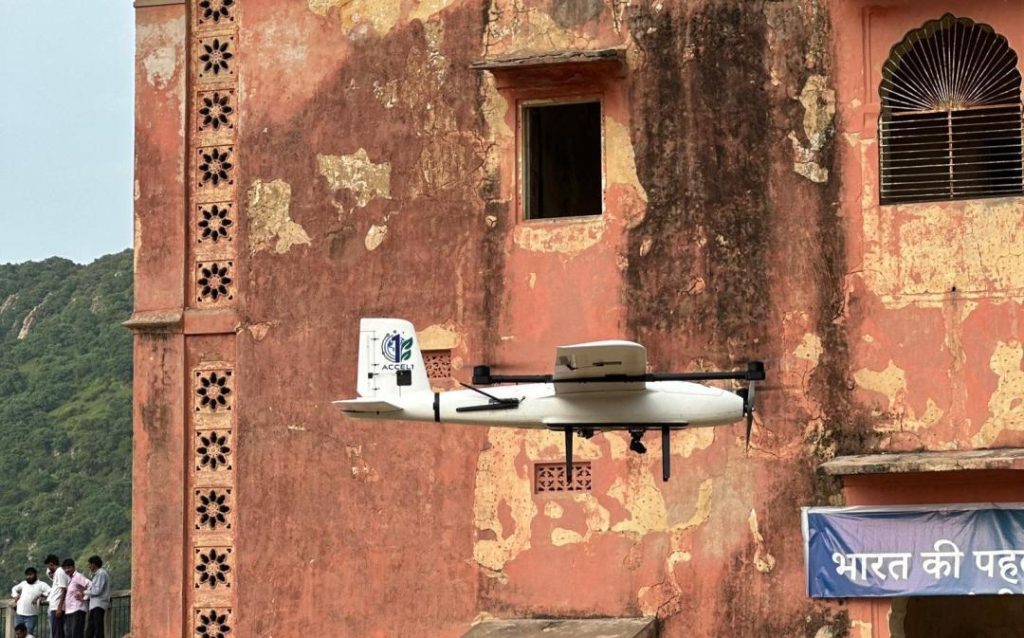
India’s 1st Drone-Based Artificial Rain Carried Out in Rajasthan
In a groundbreaking initiative, Rajasthan Agriculture Minister Dr. Kirodi Lal Meena launched a cloud seeding experiment at the Jamwaramgarh Dam area on Tuesday to revive Ramgarh Lake and address the region’s water crisis. This innovative project marks a significant milestone in India’s history, as it is the country’s first drone-based artificial rain experiment. Until now, artificial rain has only been attempted using aircraft in India.
The cloud seeding experiment, which utilized AI-powered drone technology, aimed to induce rain in the region to alleviate the severe drought that has been affecting the area. The initiative was a collaborative effort between the Rajasthan government, the Indian Institute of Technology (IIT), and a private company.
Drone technology has revolutionized various industries, including agriculture, surveillance, and environmental monitoring. However, this is the first time that drones have been used to induce artificial rain in India. The AI-powered drones were equipped with specialized equipment that allowed them to inject cloud-seeding materials into the clouds, stimulating the formation of raindrops.
The cloud seeding experiment was conducted over a vast area of 100 square kilometers, with the drones flying at an altitude of 5,000 feet. The drones were programmed to release the cloud-seeding materials in a specific pattern, ensuring maximum efficiency and effectiveness.
The Ramgarh Lake, which is a vital source of water for the region, has been facing severe water scarcity in recent years. The artificial rain experiment was designed to replenish the lake and restore the region’s water table. The initiative is expected to benefit the local farmers, who have been struggling to irrigate their crops due to the drought.
The use of drone technology in cloud seeding has several advantages over traditional methods. Drones can reach areas that are inaccessible to aircraft, and they can operate in harsh weather conditions. They are also more cost-effective and require less manpower than traditional methods.
The success of this experiment has significant implications for India’s water crisis. According to the Ministry of Water Resources, the country faces a water crisis of over 80% due to rapid urbanization, industrialization, and climate change. Artificial rain can be a game-changer in addressing this crisis, especially in regions that are prone to droughts.
The Rajasthan government has been actively exploring innovative solutions to address the region’s water crisis. In recent years, the government has launched several initiatives, including desalination plants, water harvesting schemes, and wastewater treatment projects.
The use of drone technology in cloud seeding is a testament to the innovative spirit of the Indian government and private companies. As the country continues to face the challenges of climate change, it is essential to adopt cutting-edge technologies that can help mitigate the impact of droughts and water scarcity.
The success of this experiment is a significant milestone in India’s history, and it has the potential to revolutionize the way the country approaches water management. As the world grapples with the challenges of climate change, India’s drone-based artificial rain experiment is a shining example of innovative thinking and problem-solving.
Source: https://youtu.be/dt1yP2H-XFo






